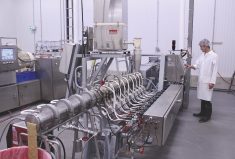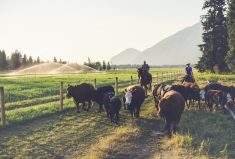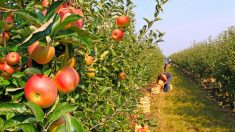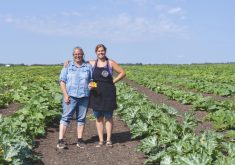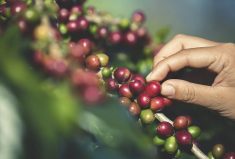This is the third in a series of articles about the future of agriculture (find the other articles here). The series isn’t an attempt to forecast next month’s canola prices, but a look at what Canadian agriculture might look like in the long term, 20 years from now.
In the second article, entrepreneur Robert Saik said that, in the future, farmers’ mental machinery will be the most important on-farm asset, and useful in navigating an onslaught of data. In the third article, Mary Robinson, farmer and CFA president, said that Canada has an opportunity to grow its agriculture and agri-food sector in an era of climate change, and an opportunity to grow our food processing industry as well.
Sylvie Cloutier also has an interest in growing Canada’s food industry. Cloutier is the president and CEO of the Counseil de la transformation alimentaire du Québec (CTAQ), the voice of the food industry in Quebec. She is also a member of several national agriculture-related boards, including Farm Credit Canada. Cloutier has worked in the food sector since 1993, and, as she says, “I’ve been quite close to all the issues.”
Read Also
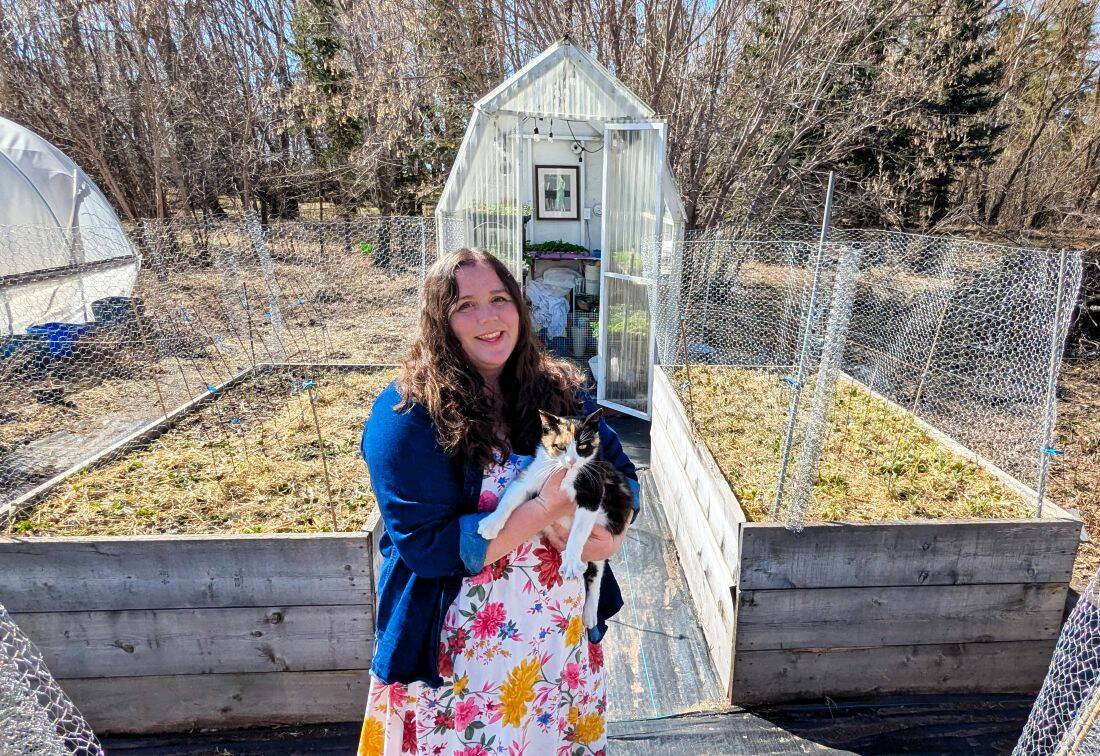
A season of trial and colour
Following a Saskatchewan flower farmer through the seasons.
Cloutier believes environmental and sustainability issues will bring the biggest changes to Canadian food production. Climate change will force producers in Canada and many countries to make big changes. “We’ll need to be very creative and innovative and to find new methods to protect the environment,” she says.
Proxy proteins
“Twenty-plus years from now we’ll have less cattle and more alternative protein,” Cloutier says. She’s not saying we won’t have any cattle herds in Canada, but two or more decades from now, Cloutier expects most of them to be dairy herds. As for marginal land where hay is grown, Cloutier says, “we will find new ways of growing food. There will be many changes on the agricultural front that will bring more food supply where we cannot grow any right now.”
Are consumers ready for a future with less animal protein? Cloutier believes they are, although she questions why the plant-based protein industry is primarily focused on creating substitutes for meat products, like plant-based burgers, or plant-based “chicken” nuggets.
“We do a lot of ‘me-too,’” Cloutier says. “We’re kind of getting lost trying to imitate meat when we should not be doing that.” Instead, she believes the sector could develop new, plant-first products that consumers would not view as simply replacements for meat.
As an example of innovations in the plant-based food industry, Cloutier points to Saskatchewan-based AGT Food and Ingredients. AGT has already developed a premium pasta made from peas. “They’re finding new ways of dealing with alternative proteins,” Cloutier says. She believes there are bound to be more innovations, including developments in the insect protein market.
Although thinking of the current Canadian market, she says, “consumers are not really ready for that here.”
Canada’s role
Despite climate change, Cloutier believes Canada will still be one of the world’s largest producers of many ag commodities. “Canada will be playing a bigger role in supplying food to the planet.” With the world population forecast to grow to more than 10 billion by 2030, she says, “people will be turning to Canada for food.”
Innovation will be key to increasing food production and processing in Canada, Cloutier says. “We need to work with experts. We need to be at the forefront of whatever is coming. We need to have a vision.” Rather than the current model of many separate sectors within the food industry working in silos, Cloutier would like to see Canada’s entire agriculture and agri-food sector come together to develop a shared vision.
Then, she says, “we need to start investing in new ways of doing things.” With this shared vision, she says, “we can do things to make sure we keep our leadership role and that we’re out there, 20 to 30 years from now, supplying and feeding the world.”
This type of shared vision has already been developed in the province of Quebec, where representatives from the entire food chain are looking at how to work together. “We’re all sitting around the same table,” she says. Now, Cloutier says, we need to do this joint work at the national level. “We need a vision, which we don’t have.”
Instead of focusing on the long-term future, Cloutier says, “governments work on a four-year cycle.” While researchers are developing useful solutions, “they do not have the ability to bring their thoughts and their research to those who may help them make things happen.” New research isn’t well transferred to farmers and food processors.
Overall, Cloutier says, there are many exciting changes coming. From innovations in packaging to the way we purchase food. “Will we still have the traditional network of grocery stores that we have right now?” As well as primary production, farmers will have to pay close attention to the processing and retail sectors. Says Cloutier: “I’m sure that everything will take a major turn in the decades to come.”




